Posted on January 17, 2011
Concerning the hipster situation
![]() With my previous hipster essay continuing to be one of the most popular things I’ve ever written (second only to this), I thought I’d take another stab at the topic to better explain how I really feel about a counterculture movement defined by indie music, thrift store fashion and vintage video games.
With my previous hipster essay continuing to be one of the most popular things I’ve ever written (second only to this), I thought I’d take another stab at the topic to better explain how I really feel about a counterculture movement defined by indie music, thrift store fashion and vintage video games.
With a little luck, I’ll cut through the ambiguity of my last attempt. With a little more luck, I’ll make even more people hate me. So here goes…
First, let’s dispel a few myths. To start with, the term “hipster” doesn’t mean what hipsters think it means. It doesn’t mean hipsters are hip. It doesn’t mean they embody the essence of cool in all that they do and all that they are. In fact, the word doesn’t have anything to do with being hip, cool, edgy, fashionable or smart. And, while I’m sure it means nothing but good things when hipsters use it to refer to themselves, the rest of the world would be better off calling them something else.
Something that would more accurately reflect the true intention of a label meant to describe a group of people who desperately want to be part of a counterculture that rejects the mainstream by embracing all things obscure, ironic and forgotten in society. Something that would best define how much they want to be the people who stand out and stand apart, and show the world that they’re the special snowflakes with exquisite taste they so strongly want to be. Something that reflects how much they want to be more culturally important than they are. Something that defines how strongly they shout at the heart of the world, demanding to be heard and seen and felt. Something that instantly communicates how much they want to be. Something like…wannabe.
Seems appropriate.
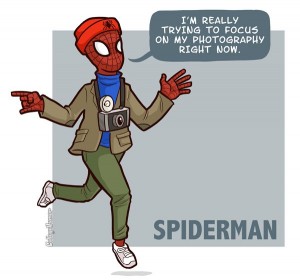 Next, there is no such thing as a counterculture. Never has been. Never will be. It, like so much else in this crazy world of simulacra and pretense, the presence of a counterculture is a myth. A very popular, very stubborn – and very marketable one – but a myth, nonetheless.
Next, there is no such thing as a counterculture. Never has been. Never will be. It, like so much else in this crazy world of simulacra and pretense, the presence of a counterculture is a myth. A very popular, very stubborn – and very marketable one – but a myth, nonetheless.
The hard truth is, you cannot escape the mainstream. The best you can hope for is to paddle down it in your own canoe. Or kayak. Or hollowed-out giant pumpkin. It doesn’t really matter. You’re still caught in the same muddy water as everyone else, and are being carried along by the same cultural current, no matter how desperately you try to fight it. In fact, the harder you try, the more mainstream you become.
Take, for example, the Grunge movement of the 1990s. It started in Seattle, where it was young and raw and real. Wanting to fight the herd and be different and unique, the hipsters of the day flocked to it. They embraced it, shared it and promoted it. Then, the record companies heard about it, and Madison Avenue got involved. Deals were signed. Posters were made. CDs were pressed. And, before long, the marketing machine of the mainstream convinced a bazillion kiddies that this new music was edgy and hip and cool.
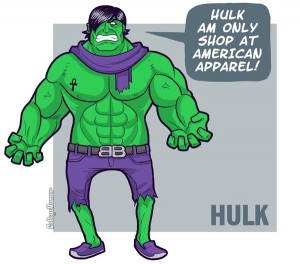 It was cool because the marketing machine said it wasn’t popular. It was different. Dirtier than pop music. Harder than rock. Edgier than metal. It was grunge, and it was for the disaffected. The different. The introspective outcasts and the soulful poets, and it appealed to people with better taste than the bubblegum crowd. The ability to find the latest and greatest indie bands no one had ever heard of became the cultural milestone of a generation, and defined the essence of cool just as strongly as abandoning the bands did once they got too popular. Once they sold out. Became mainstream. Got lame.
It was cool because the marketing machine said it wasn’t popular. It was different. Dirtier than pop music. Harder than rock. Edgier than metal. It was grunge, and it was for the disaffected. The different. The introspective outcasts and the soulful poets, and it appealed to people with better taste than the bubblegum crowd. The ability to find the latest and greatest indie bands no one had ever heard of became the cultural milestone of a generation, and defined the essence of cool just as strongly as abandoning the bands did once they got too popular. Once they sold out. Became mainstream. Got lame.
The problem is, none of it was ever young or raw or real. Certainly no more real than anything else being peddled to the 18-34 demographic. The bands didn’t get popular and then sell out, they sold out only because they became popular. The music didn’t change. What changed was the audience’s perception of how indie the band was. And, once people started hearing the songs that “they” discovered being played on the Top 40, then liking them wasn’t cool anymore. The band they selected as a favorite was too popular for their exclusive, refined tastes. Other people had started listening to it, so it no longer demonstrated their exclusive, refined taste. It had to go.
 And it did. They all did. Grunge died away as quickly as it grew to dominate the market, just as all “counterculture” movements do (see: fads, trends, etc…), but not before the marketing machine managed to convince young people across the nation to start wearing heavy flannel year-round, which is no small feat in the deep south, where human life without air conditioning is best described as unpossible. (And that’s not even a real word, which just goes to show how unpossible it really is.)
And it did. They all did. Grunge died away as quickly as it grew to dominate the market, just as all “counterculture” movements do (see: fads, trends, etc…), but not before the marketing machine managed to convince young people across the nation to start wearing heavy flannel year-round, which is no small feat in the deep south, where human life without air conditioning is best described as unpossible. (And that’s not even a real word, which just goes to show how unpossible it really is.)
It’s tempting to say it’s just kids being kids. After all, young people never want to identify with old people, but age isn’t really at the heart of the issue as much as economics are. The 18-34 demographic – while cherished by corporations the world over – isn’t exactly filled with people who have oodles of money to spend on luxury items. At least, not on the same expensive level as older people do. And, since we live in a culture where social status is determined by displays of consumption, this presents a problem.
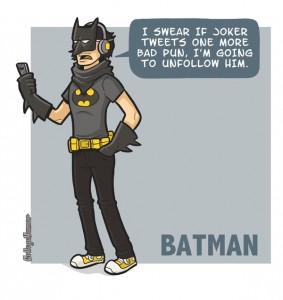 Old dudes driving around in midlife crises convertibles, all top down and windswept hair plugs, are synonymous with the sorts of things people buy to show others how successful they are, but a fancy car is expensive. Too expensive for young adults just starting down the winding roads of their careers. They may have disposable income to burn, but it’s on an entirely different level than their bosses or parents. Economics limits their buying power to such a degree that how much they spend on something isn’t the defining factor of how far it moves them up the social ladder. Instead, since they all operate off of the same general budget, buying power isn’t nearly as important as buying preference.
Old dudes driving around in midlife crises convertibles, all top down and windswept hair plugs, are synonymous with the sorts of things people buy to show others how successful they are, but a fancy car is expensive. Too expensive for young adults just starting down the winding roads of their careers. They may have disposable income to burn, but it’s on an entirely different level than their bosses or parents. Economics limits their buying power to such a degree that how much they spend on something isn’t the defining factor of how far it moves them up the social ladder. Instead, since they all operate off of the same general budget, buying power isn’t nearly as important as buying preference.
Showing how much more refined your tastes are than those of your peers is how young adults show everyone else how cool they are, because it’s all they can afford. Thriftiness becomes a badge of honor, and the cheaper and more obscure the look, the better. Rich old guys buy yachts, but poor interns have to make due by finding that ultra-rare vinyl album from the hip indie record store, or that really sweet t-shirt with a cheesey ’80s pop culture icon ironically silk-screened to its front. Hipsters show how cool they are by how exclusive their tastes are. They wear vintage clothes from thrift stores not because they’re genuinely better or more fashionable than clothes from the Gap, but because they’re different. You have to look harder to find them, because you can’t buy them in the mall. (Well, until you can, anyway.)
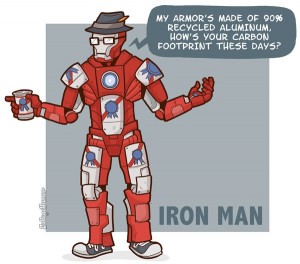 Marketing departments know how important social status is to everyone, at any age and every stage of life. They know it, and they exploit it. It’s why there will never be a true counterculture that’s defined by what you can buy, no matter how rare it seems. For the same reason The Disney Channel and Nickelodeon spend most of their programming hours serving the needs of tweenage audiences with tweenage dramas and tweenage sitcoms, marketing departments dictate the tastes of every demographic they serve. Sure, something may start off small and exclusive – like Facebook – but it eventually gets popular. And this is when most people discover it. And consume it. And display it – until it reaches a tipping point and it’s everywhere. When that time comes, when the alternative culture gets a little too popular and reaches a critical mass, then it becomes mainstream and is quickly abandoned by everyone craving an exclusivity factor that shows the world their inner cool kid. Just look at what happened to MySpace. (Or Friendster before it. Or AOL before that.)
Marketing departments know how important social status is to everyone, at any age and every stage of life. They know it, and they exploit it. It’s why there will never be a true counterculture that’s defined by what you can buy, no matter how rare it seems. For the same reason The Disney Channel and Nickelodeon spend most of their programming hours serving the needs of tweenage audiences with tweenage dramas and tweenage sitcoms, marketing departments dictate the tastes of every demographic they serve. Sure, something may start off small and exclusive – like Facebook – but it eventually gets popular. And this is when most people discover it. And consume it. And display it – until it reaches a tipping point and it’s everywhere. When that time comes, when the alternative culture gets a little too popular and reaches a critical mass, then it becomes mainstream and is quickly abandoned by everyone craving an exclusivity factor that shows the world their inner cool kid. Just look at what happened to MySpace. (Or Friendster before it. Or AOL before that.)
The problem is, every bit of exclusive counterculture bibblebabble was mainstream all along. Sure, it wasn’t mainstream across the demographic board, but for its target market, whatever you thought was unique and limited to your own tastes was, in fact, entirely ubiquitous to your peer group. You just thought you were special. You weren’t.
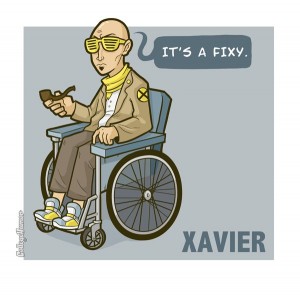 Millions of dollars go into exploiting the need people have to be distinct and different and special. Coca-Cola’s “Obey your thirst” campaign for Sprite is one example. Its “Image is nothing. Thirst is everything” slogan urged people to be unique and selective in their choice of carbonated sugar water, and it was a huge success for exactly this reason. Irony isn’t an 8-bit pixel art version of Alf on a Hot Topic t-shirt, kids. Irony is marketing Sprite as the drink for people who aren’t swayed by marketing, and managing to convince them that drinking it will show the world just how independently minded they are.
Millions of dollars go into exploiting the need people have to be distinct and different and special. Coca-Cola’s “Obey your thirst” campaign for Sprite is one example. Its “Image is nothing. Thirst is everything” slogan urged people to be unique and selective in their choice of carbonated sugar water, and it was a huge success for exactly this reason. Irony isn’t an 8-bit pixel art version of Alf on a Hot Topic t-shirt, kids. Irony is marketing Sprite as the drink for people who aren’t swayed by marketing, and managing to convince them that drinking it will show the world just how independently minded they are.
So, do I hate hipsters? Nah. I mean, it’d be nice if they actually made an effort to stand for something, but we live in an age of Slacktivism, where magnetic bumper stickers and Facebook status updates take the place of actual activism and social unrest. I can’t blame the hipsters for being just like everybody else, although they’ll probably hate me for it. But no, I don’t hate them. Not really.
Hipsters are just the latest version of the same demographic that’s been there all along. Whether we call them hippies or metalheads or grunge kids or mallrats or wannabes, they’re just impressionable kids trying to find their place in the world. Like we all were. Like we all are.
Now, if you’ll excuse me, my 36th birthday is tomorrow and I have to go see a man about a Porsche…
[Images from “If Superheroes Were Hipsters” via College Humor]


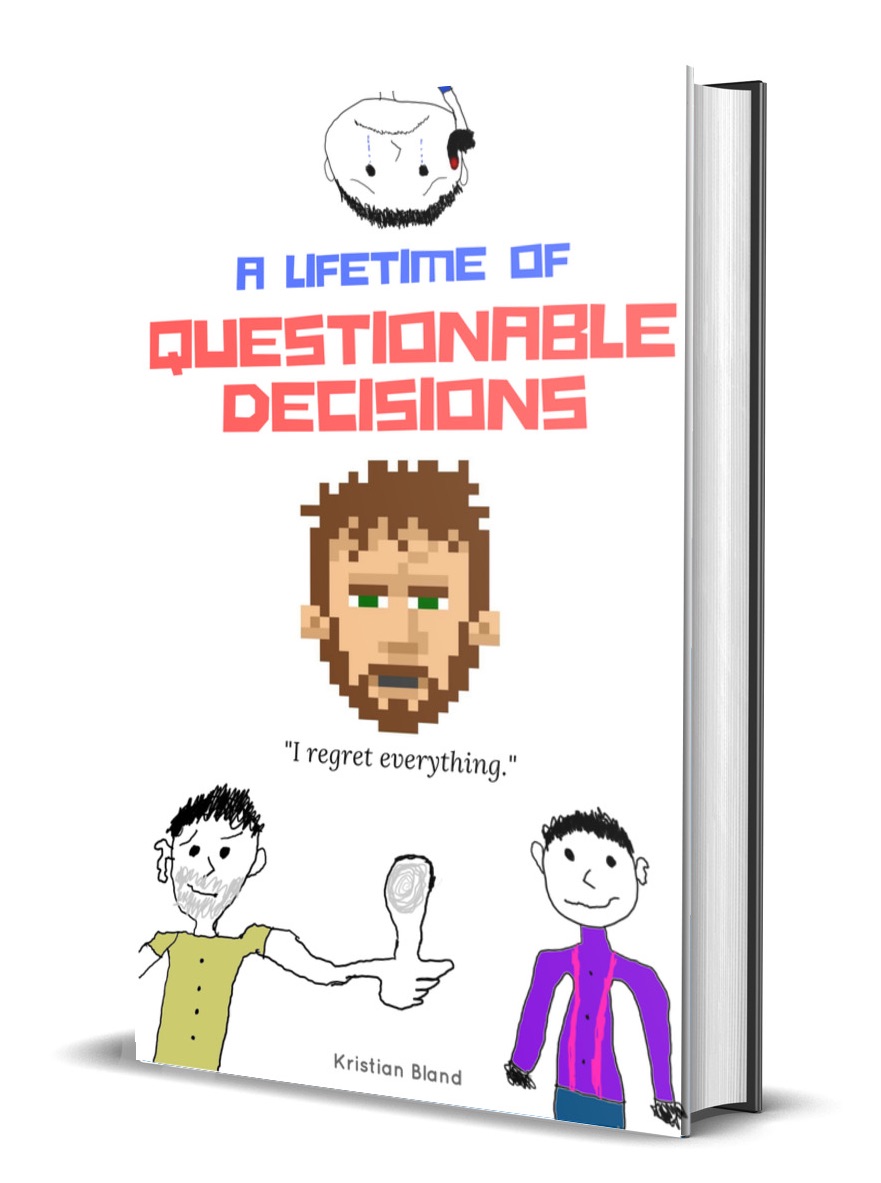




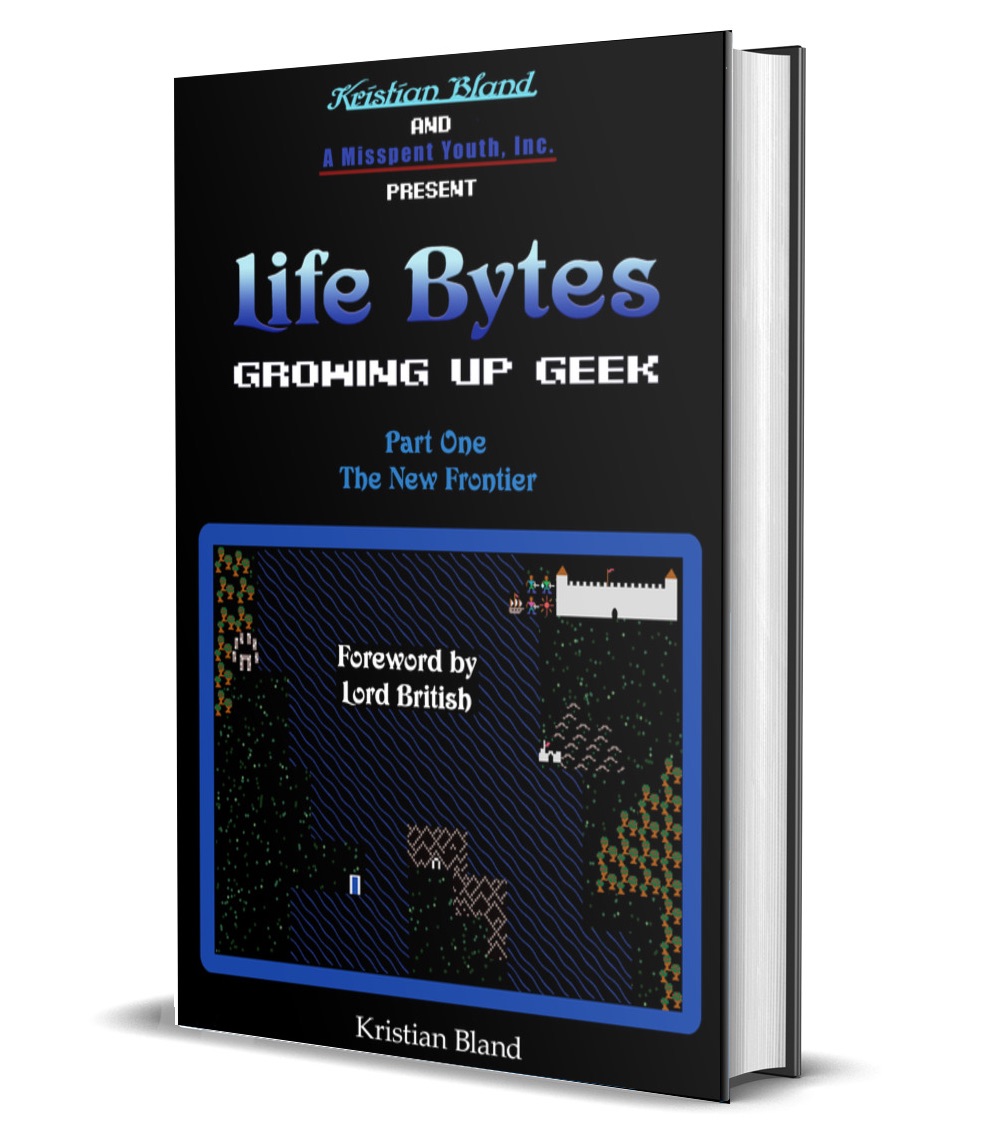
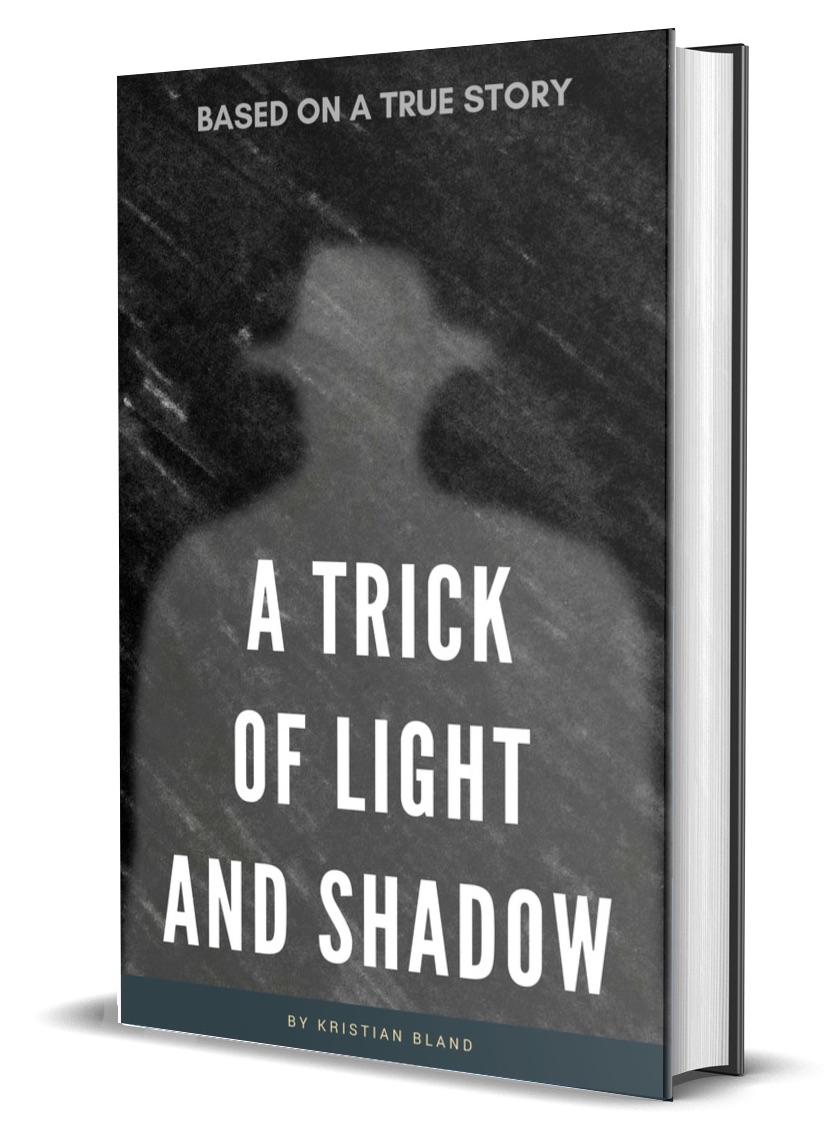
didnt really read the article after that first paragraph arguing about what words mean and ignoring that words’ meaning are always by pure convention. But the emo-Marvels are awesome!!!